I wrote this article in Japanese and translated it into English using ChatGPT. I also used ChatGPT to create the English article title. I did my best to correct any translation mistakes, but please let me know if you find any errors. By the way, I did not use ChatGPT when writing the Japanese article. The entire article was written from scratch by me, Saikawa Goto.
Introduction
Movies and books covered in this article

Three takeaways from this article
- The “death penalty system” has been used as a means to oppress black people with force.
- The shocking data that “the occurrence rate of murder cases increases in states that maintain the death penalty system”.
- The struggles of a young person who persevered with the belief of “wanting to be useful for those in need” while overcoming difficulties.
Self-introduction article


Published Kindle books(Free on Kindle Unlimited)
“The genius Einstein: An easy-to-understand book about interesting science advances that is not too simple based on his life and discoveries: Theory of Relativity, Cosmology and Quantum Theory”
“Why is “lack of imagination” called “communication skills”?: Japanese-specific”negative” communication”
The quotes used in this article are based on notes taken at the movie theater from movies in Japanese and are not direct quotes from the foreign language original movies, even if they exist.
The “Death Penalty” in America is Connected to “Racial Discrimination.” The Movie “Just Mercy” is Based on the True Story of the Founder of an Organization that Saves Death Row Inmates

The main character, Bryan Stevenson, is a real person who founded the “Equal Justice Initiative” (EJI) organization. EJI is focused on “relief for death row inmates.” They not only defend death row inmates and prove their innocence, but also support released former prisoners. At present, the organization has an annual budget of $37 million, employs more than 150 staff members, and creates manuals for lawyers who may be involved in cases that may result in the death penalty. However, initially, there were only two people in the organization, Bryan and a white woman who was enthusiastic about supporting death row inmates, and it was a struggle to defend death row inmates.
This story is based on how Bryan came to choose the path of supporting death row inmates, how he rescued a wrongly convicted death row inmate from prison, and how he established EJI.

However, before discussing the content of the movie, I would like to talk about the talk event held after the screening. It was a very shocking story that complements the content of the movie and points out the close connection between “death penalty system” and “racial discrimination” in America.
In America, “Death Penalty System” and “Racial Discrimination” are Closely Connected
When I watched the movie “Just Mercy,” there was a talk event related to it featuring Ms. Shoji Kaori, who is studying American politics at Gakushuin University. It was a way to hold a talk event after a movie about the death penalty.

The lecture was quite serious, like something you would see in a college class, and used slides. Even without the role of “complementing the content of the movie,” it was very interesting on its own. I found out that the video of the talk event was uploaded on YouTube, so if you’re interested, please check it out.
Now let’s talk about the contents of the talk event.
As you know, black people were used as slaves in the United States in the past. Even after the abolition of slavery and the establishment of the principle that “white and black people have the same rights”, it was natural that the consciousness of white people did not change immediately. In the first place, there was a law called “Jim Crow Law”, which was “a blatantly white supremacist law”. There were facilities that black people were not allowed to enter, and even on public buses, only white people could sit at the front, and white supremacist behavior was legally recognized.

Nevertheless, the situation of white superiority did not come about as a matter of course. Black people who had become free from slavery were oppressed by white people who were supposed to have the same rights, and they accumulated dissatisfaction. And white people thought that they didn’t know when black people’s dissatisfaction would explode. So white people decided to dominate black people through “violence” and “fear”.

That’s what is called “lynching.” In Japanese, “RINCHI” (pronounced the same as “lynching”) generally means “to use violence against an individual by a group,” but in America, it is used as a term specifically referring to the act of white people violently dominating black people without legal basis. Various “lynching incidents” have occurred in America, and many black lives have been taken by white violence.
However, the “lynching” became too extreme and gradually came to be seen as a problem even among white people. Therefore, another means other than “lynching” began to be sought. And that means was none other than “the death penalty.” White people who could no longer perform “lynching” began to arrest and prosecute black people, sentencing them to death, functioning as a replacement for “lynching.”

It’s not the only reason, but there are a lot of black prisoners in American penitentiaries. Data shows that “one out of three black men in America will enter a penitentiary at least once in their lifetime.” While this number is significantly higher than that of white people, white people also have a high number of prisoners. It’s been said that “one out of 17 white men will enter a penitentiary at least once in their lifetime.” If you think about it, having two people in a class of 35 who have been to a penitentiary is a considerable number.
In fact, the United States has too many prisoners. The total number is 2.2 million. Although the population of the United States is about three times larger than that of Japan, which has approximately 50,000 prisoners, 2.2 million is an abnormal number. While Americans account for only 5% of the world’s population, they make up 25% of the world’s prisoners, and the budget for penitentiaries in America is as high as $87 billion (about 10 trillion yen).
In other words, there are “various problems related to prisoners” in America, not just “the problem of black people.”

The movie takes place in Alabama, which has the highest execution rate per capita in the United States. It is also known for its intense racial discrimination in the justice system and can be considered as one of the states with the most problems in the judicial system in the country that already has various issues related to prisoners.
By the way, the stance on the death penalty varies depending on the state in the United States where laws differ from state to state. 23 states in the United States have abolished the death penalty, and only 13 states regularly execute the death penalty.
Are There Any Concrete Benefits to the Death Penalty?
By taking advantage of the fact that laws differ from state to state, one can pose the question of whether the death penalty is truly effective in deterring crime.
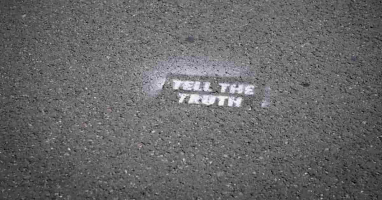
As we have seen so far, the death penalty in America has been used as a “new form of black discrimination”. However, in general, the death penalty should have been introduced with the expectation of “deterrence of crime”. Japan is also a rare developed country that retains the death penalty. While individuals may have various values regarding the death penalty, as a nation, the official stance is that “the existence of the highest penalty of the death penalty leads to deterrence of crime”.
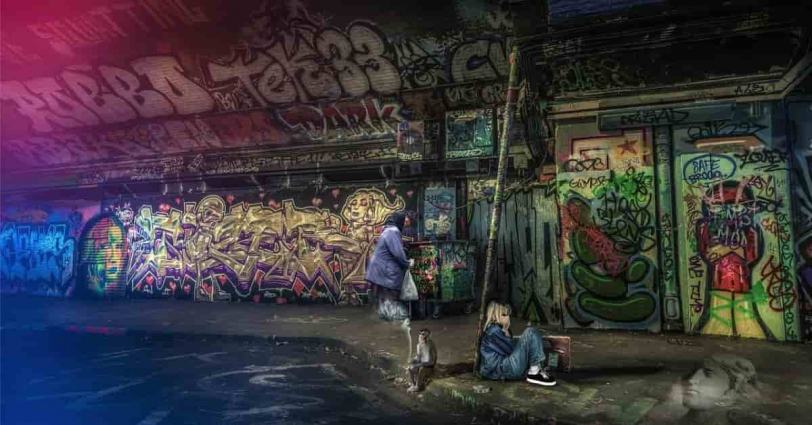
So what has happened in America? Surprisingly it has been revealed that “states with the death penalty have a higher incidence of murder cases.” Furthermore, even after considering various research conducted over 30 years, it has been concluded that “the death penalty has no deterrent effect on society’s safety.”
With this, it can be said that this is not just a problem for “America, which uses the death penalty as a replacement for lynching,” but also for us in Japan, a country that retains the death penalty. If “the death penalty has no deterrent effect on crime,” then what kind of reasoning can justify continuing the death penalty system? We must also think for ourselves.

Currently in America, both death sentences and executions are on the decline. Jurors and prosecutors want to avoid the death penalty, and with the emergence of the option of “life imprisonment without parole,” the trend towards avoiding it is increasing. Even for those who have been sentenced to death, their executions are being delayed. It’s possible that America is slowly starting to change.
Furthermore, there are questions being raised about the cost of the death penalty.
In America, it is said that “the death penalty is an irreversible process, so all steps are designed to be carried out carefully to eliminate errors.” Of course, at the time when this movie was set in 1987, things were likely different, and such systems should have been gradually created. As a result, a “death penalty trial” requires four times the usual duration and costs 100 million yen more than usual.
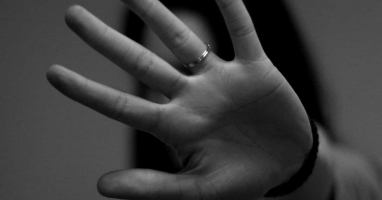
Even with the death penalty, the number of murder cases does not decrease, and more taxes are spent. Is there really any value in maintaining such a system? In America, such discussions are already happening, and there may be some movement in states that still maintain the death penalty in the future.
This is what was explained for almost an hour after the screening regarding the American death penalty system. It was a very dense and informative time, as it allowed me to understand the reality that cannot be understood just by watching the movie.
And this movie depicts the story of young people who devote themselves to supporting death row inmates in America.

Content Introduction
The movie starts, and within a minute, Walter McMillian (aka Johnny D.) experiences being arrested and sentenced to death for a crime he didn’t commit. He’s accused of killing 18-year-old Ronda, who was found dead in a cleaning store. This event was recognized as one of the most heinous crimes in Monroe County, Alabama, and had residents living in fear. Despite a year passing since the incident, the police were unable to apprehend a suspect. Perhaps they were under pressure to solve the case. Even though there was no evidence indicating that Johnny D. was the culprit, the police even threatened a white felon and made up false testimony to arrest the black man. From that point on, it was just a one-way ticket to the death penalty.

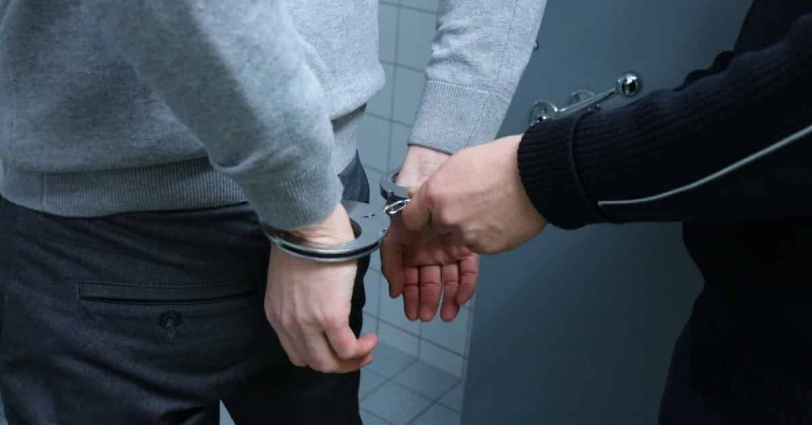
Of course, even after the sentence was handed down, he maintained his innocence. However, because the event had instilled fear in the residents, no one wanted to get involved. As a result, few people emerged to help him.

Bryan was the one who made the decision to pick up such a hot potato. He was a genius who graduated from Harvard University, but he is also a person who thinks from the bottom of his heart that “he wants to help people in need.” He decided to move from another state to Alabama to support an innocent death row inmate.
His decision was influenced by his experience during his student days. He had talked to a black death row inmate of the same age as him as a messenger of the Prisoners’ Defense Committee (Bryan is also black). He felt that he wanted to do something about the fact that someone who was born and raised in the same situation as himself was unjustly imprisoned.
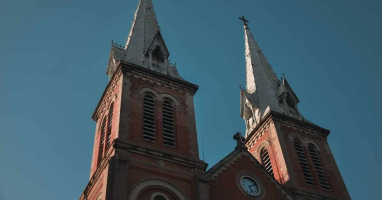
The only one who supported Bryan was a white woman who was also engaged in relief efforts for death row inmates. However, they stumbled from the beginning. The property where she signed a two-year lease was suddenly refused for use. The landlord was furious, saying, “I didn’t hear anything about it being used for consultations with death row inmates.” After that, Bryan had to provide support under difficult circumstances, including receiving threats to “withdraw from the Johnny D. case.”
However, the biggest problem was Johnny D. himself. He refused to take the support that Bryan offered. But that’s not unreasonable. Many lawyers who said they would help have come to him before. However, none of them did anything. Bryan, what sets you apart from those guys? Johnny D. was plagued by such mistrust.

In such a situation where he had no one to rely on but himself, Bryan took the first step.
First and foremost, he needed to file for a retrial, but he faced interference from the police. They arrested a person who should have been able to provide crucial testimony for the retrial on charges of perjury.
Impression

I was amazed by every depiction in the movie, but the most terrifying thing was probably the various words and actions of the people of Monroe County.
I felt uneasy even towards ordinary citizens, but I also think it’s an understandable reaction. It’s natural to feel anxious when the perpetrator is not caught, and if the perpetrator is caught, it’s a feeling of relief. From the perspective of residents, they have no choice but to think, “If the police say he’s the culprit, then he must be the culprit.” In reality, Johnny D. is not the culprit, so even if he is restrained, the real culprit who committed the dry-cleaning store incident is still at large. However, the sense would be not incomprehensible to the general public.
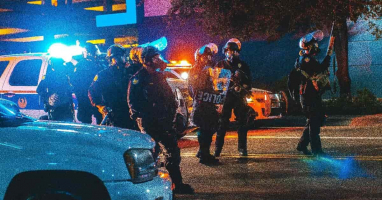
Furthermore, as Bryan sought cooperation from various individuals, he received many responses such as “I’ll cooperate for the sake of the victim’s family, but I don’t want to do anything for the death row inmate.” I also think this feeling may be unavoidable.


However, I couldn’t help but wonder how the sheriff, police, and prosecutor feel. They almost certainly know that Johnny D. is not the culprit. They are framing an innocent person as the culprit to avoid being labeled as “incompetent police who cannot arrest suspects.”
Do they have no guilt about this? I can’t quite imagine their thoughts on this matter.
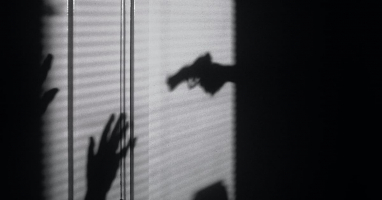
Bryan spoke with death row inmates who talked about the trial that sentenced them to death.
The judge laughed and said, “Criminals should be sentenced to death.”
They told me, “You can tell if someone is guilty just by looking at their face.”
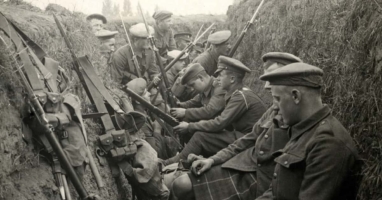
The trial ended in just 45 minutes.
I wasn’t given the opportunity to testify.
Among them, the most terrifying words were:
The culprit is a Nigger. So even if you’re innocent, sacrifice yourself for your friends.
This kind of thing shouldn’t be allowed to happen.

Although it was only briefly depicted, there were some white people who acted according to their conscience. The police officer who first rushed to the crime scene, a dry-cleaning store, was reportedly ordered to give false testimony about the condition of the corpse, but refused to do so. That’s amazing. However, he was later forced to quit the police force.
Knowing that such pressure exists, it will be difficult to act according to one’s conscience. Once again, I realized how deeply rooted the problem of discrimination is in American society.

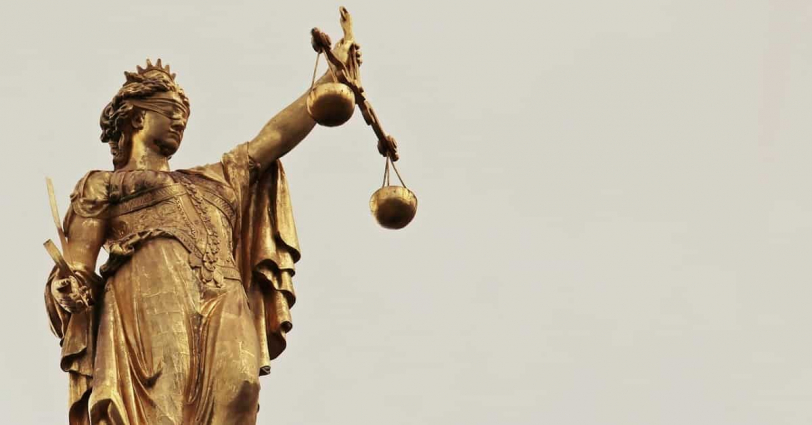
The movie title, “Just Mercy,” means that even death row inmates deserve “fair mercy.” Bryan struggled for that realization.
It’s the story of one man’s beliefs and hopes, who fought against such difficulties.

Conclusion

The movie strongly conveys the problems with the “death penalty” in various ways. I repeat, Japan is one of the rare advanced countries that still retains the death penalty. And since we are a democracy, we should consider that “our citizens’ will is keeping the death penalty in place.” The “death penalty system” is not a problem that is unrelated to us.

The attitude of “it’s not relevant to me because I won’t commit a crime that would result in a death penalty” won’t change society. We should have a proper debate on whether there is value in “maintaining the death penalty” and reach a conclusion in society.
I felt that this work could be a trigger for that.

Published Kindle books(Free on Kindle Unlimited)
“The genius Einstein: An easy-to-understand book about interesting science advances that is not too simple based on his life and discoveries: Theory of Relativity, Cosmology and Quantum Theory”
“Why is “lack of imagination” called “communication skills”?: Japanese-specific”negative” communication”

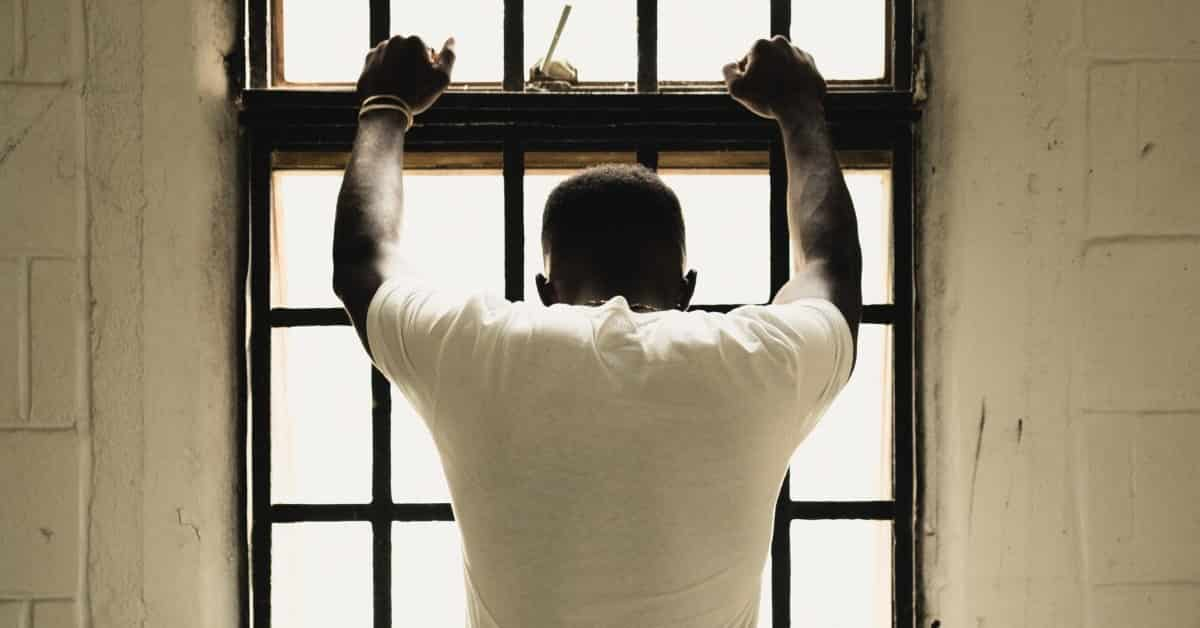





コメント